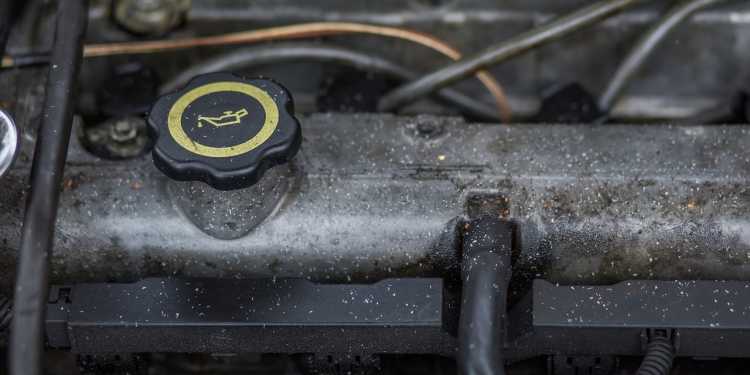Heavy commercial vehicles are complex machines that consist of several moving parts. Engineers use lubrication and cooling fluids to ensure these moving parts work smoothly. Many of these fluids have unique characteristics suited for their specific role. As such, the fluids should not mix. Seals are components that prevent these fluids from mixing or leaking. The seals also prevent the contamination of the fluids due to impurities.
CR Seals is one of the most successful brands of seals in the world. These seals are recommended for several automotive and industrial applications. This article focuses on the CR seals brand and its solutions for commercial vehicles in Australia. For more information about CR seals, continue reading.
Table of Contents
History of CR Seals Brand
The CR Seals company was established in 1878. The company was known as Chicago Rawhide, which was later abbreviated to CR Seals. Chicago Rawhide’s initial products included belting, ropes, lacing and other articles made from rawhide leather. The company began making leather gears in 1897 and patented its first perfect oil seal in 1928.
In 1990, SKF acquired CR Seals along with two other seal production companies, Macrotech Polyseal and Economos. SKF combined these world-renowned brands to form a global seal business. The new company retained the CR Seal brand name for several products. Today, SKF is recognized as a global leader in seal technology.
Why Use CR Seals?
There are several reasons why CR seals are ideal for commercial vehicles in Australia. Seals are inexpensive aftermarket parts for trucks. Yet, the majority of part-related failures can be traced to seal challenges. Below are some reasons why CR seals perform better than the competition.
-
A long history of excellent performance
-
Comprehensive R&D into sealing materials, lubricants, pressures, shaft textures and more
-
The use of advanced proprietary tools increases the precision and accuracy of the seals
-
Extensive in house performance testing on new seals and designs guarantees quality
-
Produce robust, long-lasting seals to minimize downtime
Below are some examples of CR seals in use today.
Radial Shaft Seals
Radial shaft seals work in applications that have both a rotating and stationary component. Radial shaft seals consist of two main parts; a cylindrical outer covering and a sealing lip. The cylindrical outer covering forms a static seal against the housing bore. Yet, the sealing lip creates a dynamic and static seal against the shaft.
The SKF radial shaft seals have unique features that improve their performance. For example, the sealing lip consists of materials that have high chemical and thermal resistance. Also, the seals have a special coating that helps to compensate for surface imperfections. Below are some applications of the radial shaft seals.
-
Hydraulic pumps
-
Power steering columns
-
Gearboxes and Transmission systems
-
Axles and speed reducers
Axial Shaft Seals
Axial shaft seals protect the bearing area of an axial shaft from contamination. The robust design of these seals makes them ideal for locations exposed to excessive amounts of contaminants. Below are some examples of SKF axial shaft seals.
-
V-Ring Seals
-
Metal-clad V-Type Sealing Ring
-
Metal Faced Seals
-
Axial Excluder Seals
SKF Axial shaft seals provide reliable sealing solutions for shafts that experience eccentric rotation due to dynamic loads. These seals rotate with the shafts to cater for small misalignments during operation.
Over time, the CR Seals brand has proven its success in multiple heavy-duty industries. CR seals’ high-quality products can extend the service life of your truck’s components and lubrication fluids. Improved service life can lower your operational costs and improve your margins.


